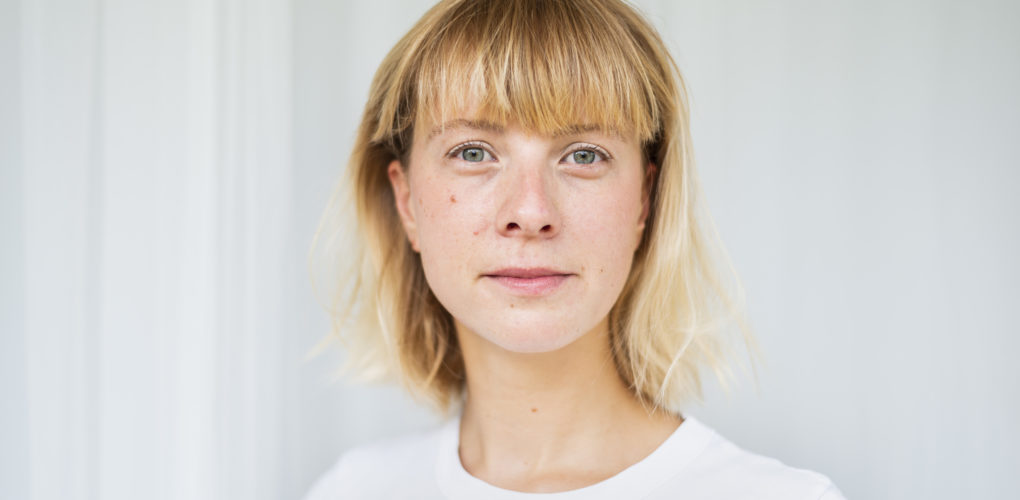One to Watch
 Marianne Hendriks Explores Symmetry Within Nature
Marianne Hendriks Explores Symmetry Within Nature
Marianne Hendriks shares her wonderment of nature in a painting practice highly informed by her background in architecture and design. With each distillation of a leaf into a simple abstraction, Marianne attempts to make sense of the world by categorically manipulating geometry and form. Her oil paintings possess a rhythmic quality, created by the repetition of pattern and texture, and seek out balance between realism and highly stylized expression.
Marianne returned to the Netherlands after graduating with a BA in Architecture & Spatial Design with Honors at Central St. Martins, England. Her works have been exhibited in Amsterdam, New York, London, and Italy, including The Other Art Fair London and Brooklyn. Marianne’s paintings have been featured in various publications, including Vogue Living NL, and her work was selected for special projects with Sheraton and Eden Roc Hotel.
What are the major themes you pursue in your work?
Nature, but that is pretty obvious, right. I like to experiment and explore how nature can be perceived and portrayed. The plants that I paint go through a metamorphosis, I redesign them. It feels like I am messing a bit with their DNA. The Botanicus collection is constantly in development and holds different influences, mainly architectural, historic, sometimes also a feeling or a characteristic. I am constantly playing with a balance, almost a bit like a way to order chaos for myself.
How did you first get interested in your medium, and what draws you to it specifically?
My fascination was always for oil painting; I grew up looking at the old masters. To me it was like magic and it still is. I am fascinated by how art can tell stories and create illusions, with some oil paintings, still today, the techniques remain a mystery. The approach to using the medium oil is very diverse. I like the idea of doing a contemporary and personal interpretation of the old masters.
How has your style and practice changed over the years?
I started out painting plants with very subtle mutations. Now I am a bit more brassy and experiment a lot more. I like being nervous whilst painting. I use a lot of geometric forms in my work, this is something I am exploring further. I also practice the techniques of the Dutch Masters of the 17th Century, the techniques are gradually influencing my work. I study with an old master one day a week and it is has become an important part of my work week.
Can you walk us through your process? Do you begin with a sketch, or do you just jump in? How long do you spend on one work? How do you know when it is finished?
I spend a lot of the time doing research, it’s a bit addictive, once you start. I have trained to draw classically and it’s something I enjoy, but for the preparation of the paintings I only do very quick line sketches. When I start on the canvas (panel) everything can change, so I never know how it is going to look at the end. The painting itself I do over several days and then I stop and never make changes.
Who are your favorite writers?
Combrich is for me one of the great theory writers out there, he is not afraid to put his personal reflections in his writing, which makes his work approachable rather than just pure academic writing. I have a few popular science writers that I find exciting to read: Frans de Waal, Peter Wohleben, Joshua Foer, Carmine Gallo. I am a bit of a book collector, especially books that are not published any more. In particular when I find books on the car boot sale it feels a bit like finding treasure. I also like to compare theories, I honestly could get lost in it.
Who are some of your favorite artists and why?
I have a long list of artist that I find exciting. But I have a top six list I am mainly influenced by, I like that they are all not striving for perfection, they are naive and I imagine these artist all to have been great day dreamers. My top six are mainly from my favourite art movement Japonism. Each artist explored their own way of working with the medium oil paint and gave us new ways of conceptualising art. This is the list: Van Gogh, Gauguin, Georgia O’Keeffe, Frida Kahlo, Henri Rousseau and Rene Magritte.
















